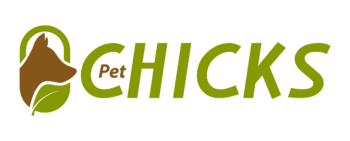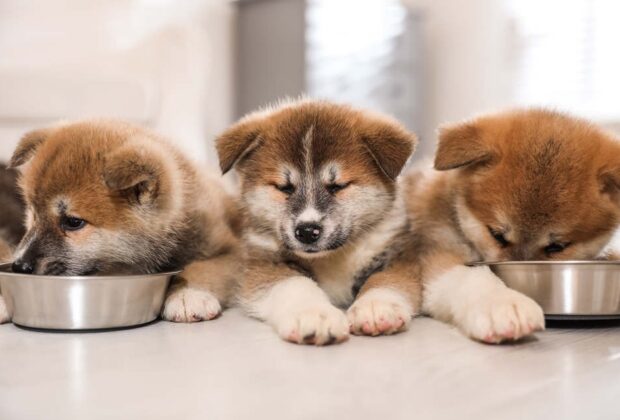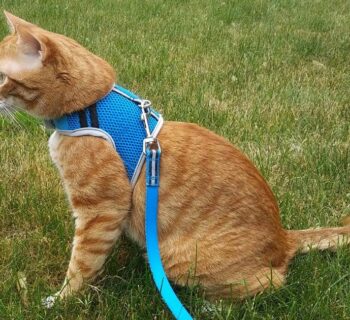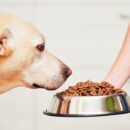There are so many pet food options. So it may be hard to choose. Due to the different brands and formulas, pet owners may find long pet food labels confusing. Read and understand these signs to feed your pet the best diet and keep it healthy.
Use quality materials first. Most cat food packages rank ingredients by significance. Thus, the first few parts are usually most important. Find "chicken," "beef," and "salmon" at the top. After excellent meats, eat whole grains, fruits, and veggies with fiber, vitamins, and minerals. Healthy foods include sweet potatoes, peas, and brown rice. Avoid items labeled "animal digest" or "meat by-products," which may contain low-quality protein.
Reading Pet Food Labels
Cat food labels let owners know what they buy. Product labels include important information about quality, nutritional value, and composition, not just advertising. Since these signs involve technical terms, many pet owners have problems interpreting them.
Before reading pet food labels, understand some key points on the nutritional pet food ingredients. The product's name is usually the most evident but may be deceptive. Read on for more details as "with chicken" or "beef flavor" may not indicate how much of the main component is in the product.
Finding Good Ingredients
The label should indicate high-quality, healthful pet food. Raw, little processed, or whole foods are often helpful. Check for additional healthful grains, fruits, and veggies. Examples include peas, blueberries, sweet potatoes, brown rice, and oats.
Excellent components include animal fats. Finding meat dishes or whole meats. Protein-rich meat meals are processed animal products. Check the label for "chicken meal". It should be instead of "meat meal". That is essential to establish its provenance. Provide your pet with a range of protein sources. It should also include good fats for their health and coat.
Finding Fillers
Cheap fillers in pet food are less healthy than high-quality components. Corn, soy, and wheat are common fillers that add bulk without benefits and may cause allergies, digestive difficulties, and disease in dogs.
See where these fillers appear in the chemical list. Their presence in the first few components suggests low quality. Avoid misleading terms like "animal by-products" or "meat by-products," which may include animal ingredients you shouldn't consume.
Understanding Additives and Preservatives
Pet food additives and preservatives should be examined together with acceptable components. Healthy additives include probiotics and vitamins and minerals. Artificial colors, flavors, and additives are suspect. Common stabilizers BHA, BHT, and ethoxyquin may be hazardous. Ascorbic acid and mixed tocopherols are natural stabilizers, so utilize them when feasible.
Checking Nutrition
Check nutrition to choose good pet food. Check the label for an AAFCO indication indicating the product satisfies the AAFCO Dog Nutrient Profiles or has been fed studied. You can trust this brand to feed your pet for growth, maintenance, or reproduction.
Remember that not all firms follow these requirements. History, culinary philosophy, and recipes illustrate the company's quality concern. Checking important aspects' digestibility may improve your decisions. Increased digestibility improves vitamin uptake and waste reduction.
Making Smart Choices
Pet health and pleasure depend on smart feeding choices. Instead than falling for fancy marketing, research the goods. Good pet food shouldn't include fillers or low-quality ingredients. Your pet will live longer and better.
Consult your vet for advice. They may provide pet guidance. They may recommend a meal based on your pet's breed, age, weight, and health. Reading pet food labels and selecting high-quality ingredients may improve nutrition and health.









